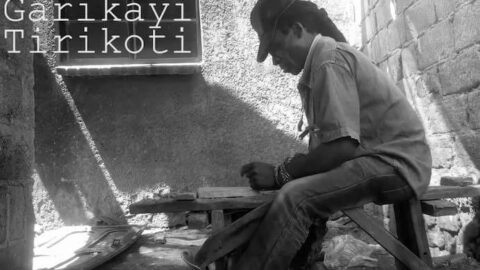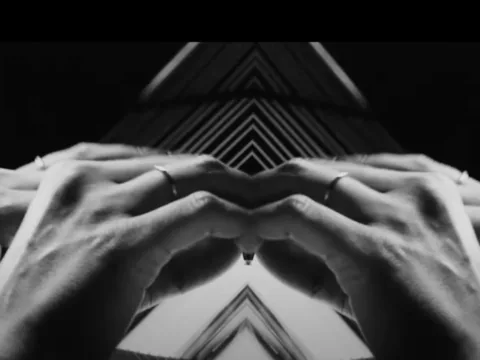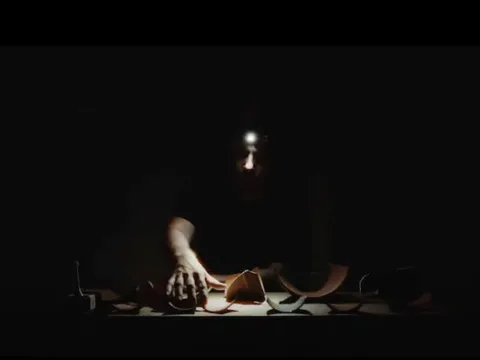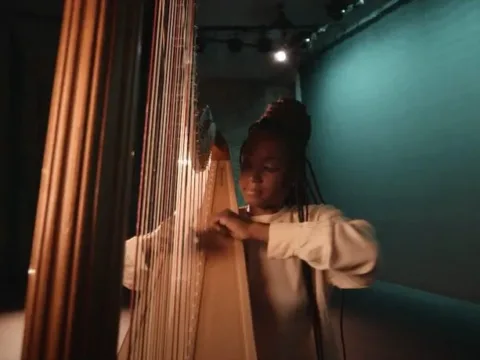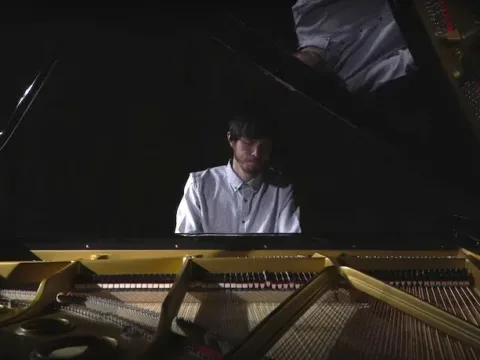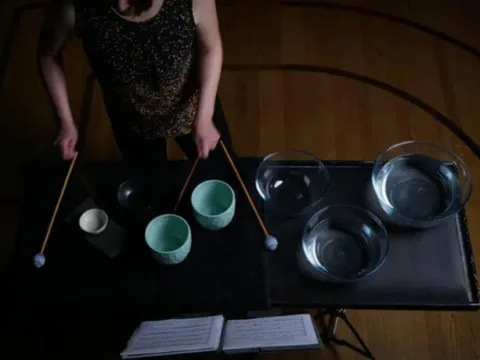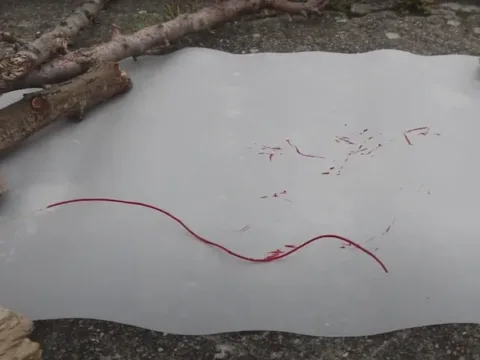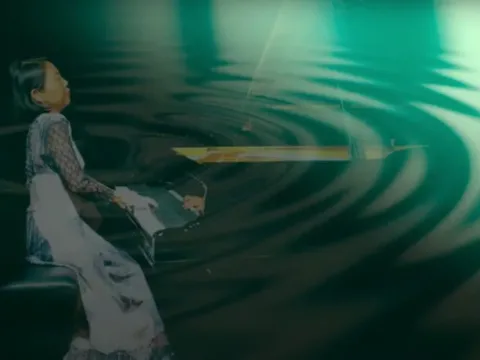Kirk Pearson is a Thomas J. Watson Fellow traveling the world on an odyssey of invented instruments, visiting the weird and wonderful tinkerers working to expand our musical lexicon. In Zimbabwe, he visited Garikayi Tirikoti, a local legend who has taken up the generations-old family trade: making Shona mbiras.
Garikayi Tirikoti lives with his family, a coop of chickens, and a gigantic spool of steel wire. I’m told he gets it from a guy in town along with his other monthly acquisitions: a three-foot cut of Mugwa wood, a bag of metal fasteners, and a section of railroad tie. If you’re a Chitgungwiza local, this shopping list is just what you’d expect from Garikayi. To the thousands of others who live alongside him, the man’s a bit of a legend. Mr. Tirikoti is one of just a few that still hand- make Shona mbira—small percussion instruments often colloquially referred to as “thumb pianos” in my home country of the USA. Thumb pianos come in virtually as many styles as there are Southern African ethnic groups, each with their own visual aesthetic, pitch collection, and sonic quirks. While many have been modified to fit Western music theory (and, in Garikayi’s own words, “Western sized hands”), the Tirikoti mbiras have remained largely unchanged through the past several generations.

Garikayi has been building his instruments for over forty years, and produces them with machine-like efficiency. I ask him how many he’s made and he raises his eyebrows and earnestly tries to estimate. After a minute he looks back at me. “Lots” he says. If you’ve ever heard a Shona mbira in the United States, there’s a good chance you’ve already heard one of Garikayi’s. He rattles off a list of countries he’s shipped them to, long enough to make your head spin. They’re all built by hand, and all built directly outside his house in a large Harare township. He fashions the keys right next to the neighbor’s chicken coop, which leads to the occasional squabble between his mallets and the local poultry.“Occasionally I get to send off one of the stranger ones,” he notes while rummaging through his garage to produce a gigantic mbira with two-foot long tines. “Most people say you can’t play it, but you actually can!” He grins and does just that (the video proof is below).

While his creations definitely sometimes trend towards the whimsical (he shipped the world’s only two-sided thumb piano to Canada just a few weeks ago), Garikayi will be the first to stress that the mbira is more than just an instrument. “It has the power to heal,” he promises me, adding that just fifteen minutes of mbira playing will make you feel “much, much younger.” Playing the mbira is a requisite for being a member of the Tirikoti family—they have the calluses to prove it, and wear them like a badge of honor. The mbira is, without metaphor, a direct communication line to God: one that’s been around for thousands of years, and as Garikayi and I both hope, will be around for thousands more.
Garikayi Tirikoti’s Telephone to God from Kirk Pearson on Vimeo.
